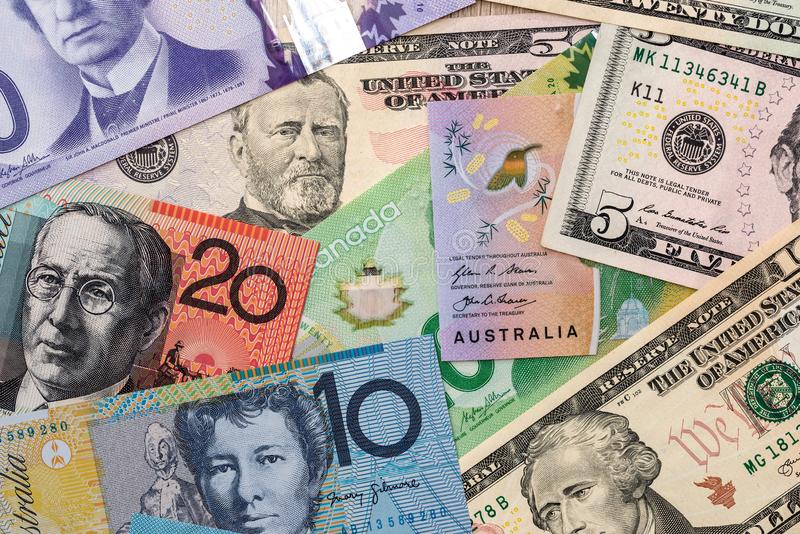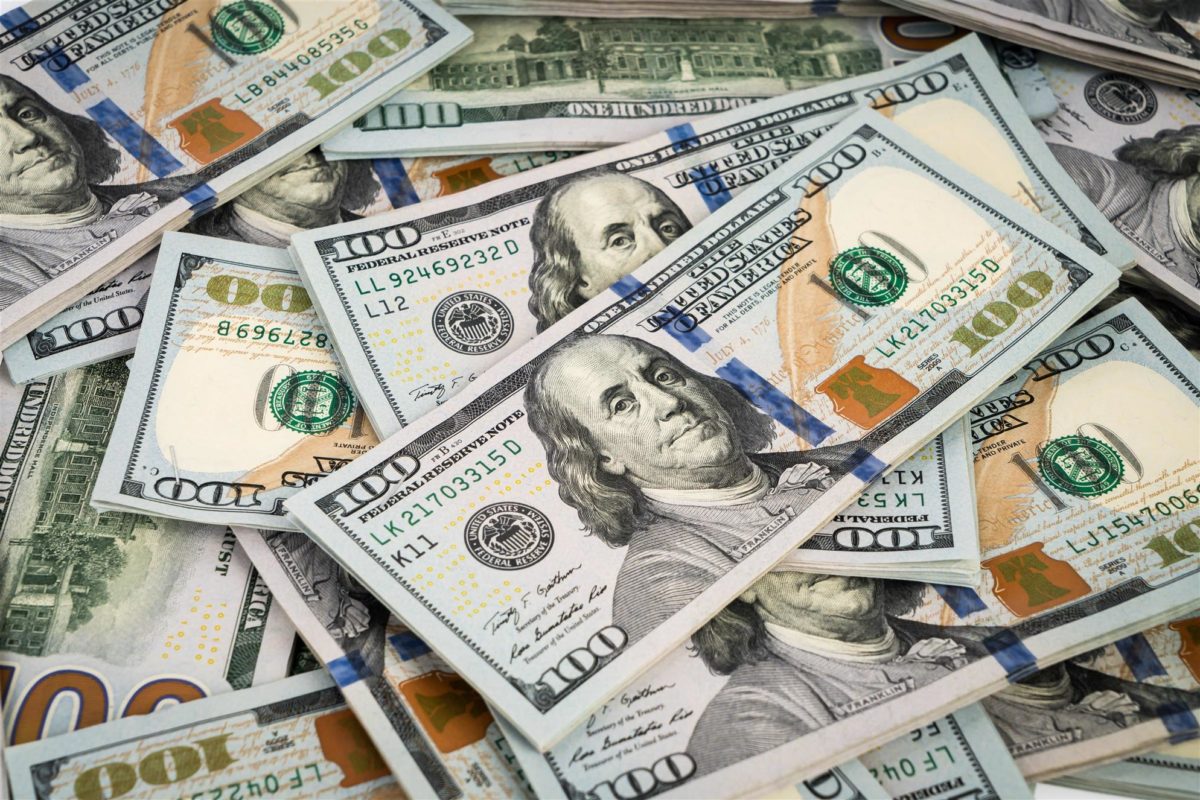The Australian dollar rallied again after jobs data showed ongoing tensions in the labor market, which could keep inflation higher for longer.
The unemployment rate stayed low at 3.5% in March versus 3.6% and 3.5% previously expected. This month 53 thousand Australian jobs were added, well above the 20,000 and 64.6 thousand.
This is an even stronger figure, given the underlying change in employment numbers. Part-time jobs fell by -19.2 thousand but shot to 72.2 thousand full time.
This raises the specter of what the RBA will do at next month’s meeting, as the interest rate market expects no change. A more accurate quarterly Australian CPI will become public next week and will be in the spotlight.
A renewed acceleration in the price pressures could give the central bank a headache.
AUD/USD received a boost overnight on dollar weakness after US CPI slightly missed estimates. It came at 5.0% year-on-year to March end instead of the expected 5.1% and 6.0%.
During the same session, Federal Open Market Committee (FOMC) meeting minutes, it was revealed that the bank had toned down its aggressive and tough stance during the recent conclave.
Cyclone Isla should cross Australia’s west coast late Thursday into early Friday. Although it will not currently have a lasting impact on the vast iron ore deposits in the Pilbara region, its development is in focus.
China’s deputy Foreign Minister is visiting Australia this week and has held several meetings with Federal government officials and business people. The language of both parties continues to show a desire for a more productive business relationship.
As China bans several Australian exports, many companies have reassessed the risk of relying on just one major customer in 2021. Many have generally turned to a differentiated approach to creating export markets.
Consequences of the Australia Trade Surplus
As a result, Australia’s trade surplus continues to move at a record pace, with the latest figures for February showing a staggering AUD 13.87 billion.
The world’s second-largest economy remains a key market. However, improving diplomatic relations between the two nations may be more likely to boost sentiment than a better bottom for the Australian dollar in the near term.
With the US dollar facing headwinds and a resilient domestic fundamental notion, AUD/USD could attempt to test a potential resistance zone 0.6785 – 0.6800 area.
















